Severity: Warning
Message: fopen(/tmp/ci_sessionjn8j31dq4imotc1oc2pscd5o5o3vv8b2): failed to open stream: No space left on device
Filename: drivers/Session_files_driver.php
Line Number: 172
Backtrace:
File: /var/www/html/application/third_party/MX/Loader.php
Line: 173
Function: _ci_load_library
File: /var/www/html/application/third_party/MX/Loader.php
Line: 192
Function: library
File: /var/www/html/application/third_party/MX/Loader.php
Line: 153
Function: libraries
File: /var/www/html/application/third_party/MX/Loader.php
Line: 65
Function: initialize
File: /var/www/html/application/modules/webinars/controllers/Home.php
Line: 8
Function: __construct
File: /var/www/html/index.php
Line: 317
Function: require_once
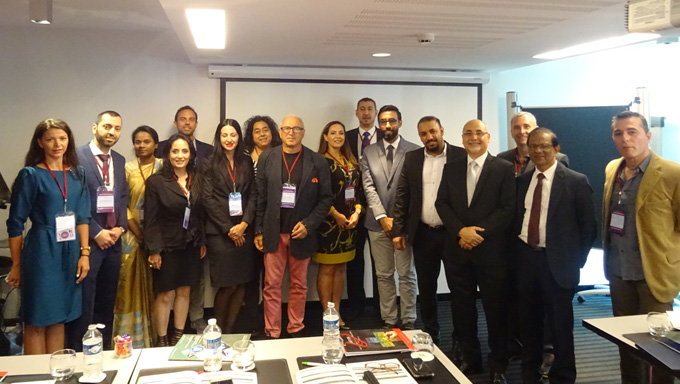
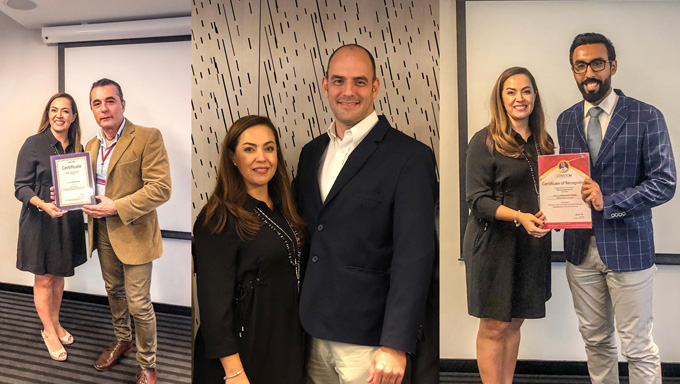

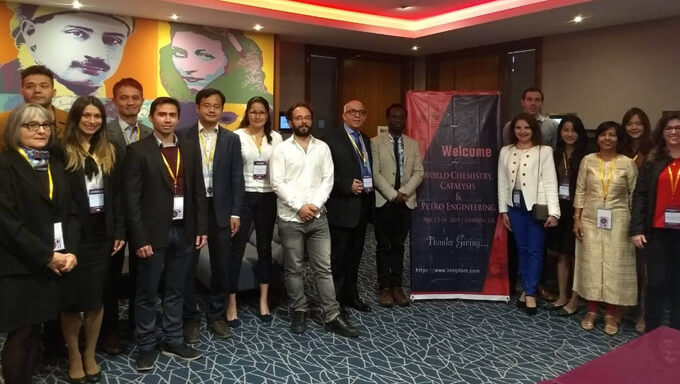
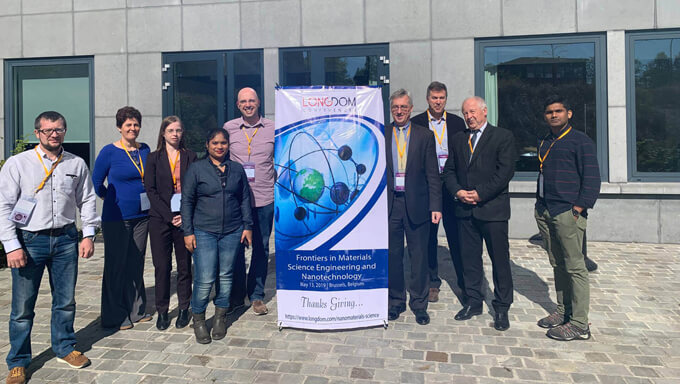
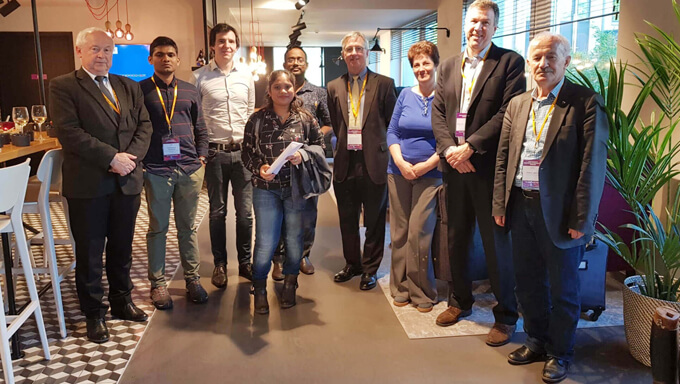
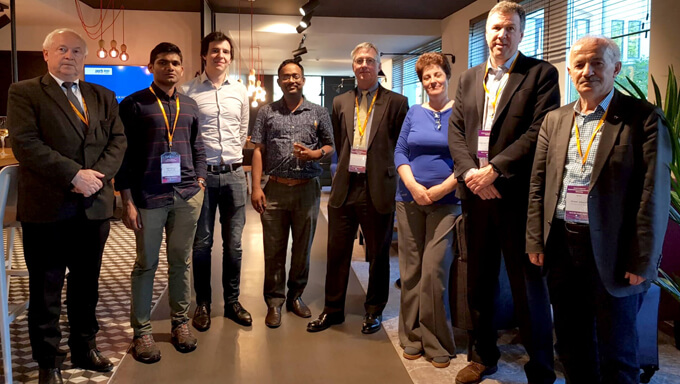
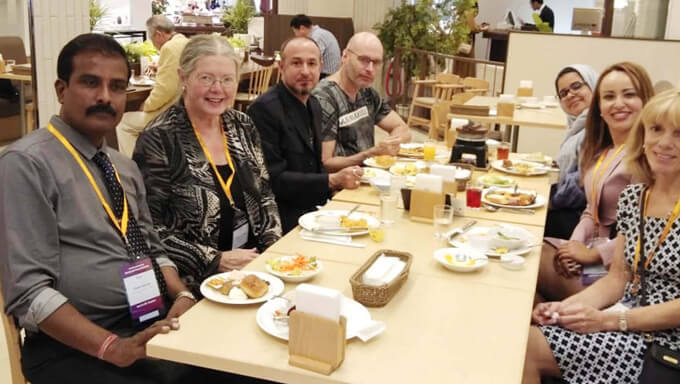
Cell biology revolves around the concept that cell is a fundamental unit of life. The study of cell structure and function permits a detailed understanding of the tissues and organisms that cells compose. Cell biology explains the structure of the organelles in the cell and how they are organised in it. It also explains their physiological properties, metabolic processes, Signalling pathways, life cycle, and interactions with their environment at molecular level. Knowing the components of cells and how cells work is fundamental to all biological sciences; it is also essential for research in bio-medical fields such as cancer, and other diseases. Research in cell biology is closely related to genetics, biochemistry, molecular biology, immunology, and developmental biology.
Molecular biology is the branch of biology that concerns the molecular basis of biological activity in and between cells, including molecular synthesis, modification, mechanisms, and interactions. The central dogma of molecular biology describes the process in which DNA is transcribed into RNA then translated into protein.
Nanotechnology is a rather contemporary branch of science that encompasses study, research and application of nanoscale properties of varied elements and compounds. The underlying principle of nanotechnology innovations includes macroscale properties of substances change as the size of the particles approach nanometers. Furthermore, it has been observed that nanomaterials amplify the desirable properties of materials, which may be attributed to exponential increase in surface area or change in physical, chemical and bioactive properties of the same. Hence, nanotechnology is a revolutionary application which encompasses both physical and chemical sciences.
Nanoscience can be defined as the branch of science that deals with the study and development of materials that have nanoscale dimensions. Nanoscience is the underlying principle of nanotechnology, an upcoming branch of science that aims toward the development of nanoscale instruments, devices, medicines and even more. The most important aspect of nanoscience is the elucidation of the molecular and submolecular changes that are observed only in nanoparticles so that the same may then be employed for the development of practically applicable methods and devices.
Molecular Genetics is a sub-field of biology that addresses how differences in the structures or expression of DNA molecules manifests as variation among organisms. Molecular genetics often applies an "investigative approach" to determine the structure and/or function of genes in an organism’s genome using genetic screens. The field of study is based on the merging of several sub-fields in biology: classical Mendelian inheritance, cellular biology, molecular biology, biochemistry, and biotechnology. Researchers search for mutations in a gene or induce mutations in a gene to link a gene sequence to a specific phenotype. Molecular genetics is a powerful methodology for linking mutations to genetic conditions that may aid the search for treatments/cures for various genetics diseases.
A bioactive compound is a compound that has an organic activity with effect on a living organism, tissue /cell. These compounds contain chemicals that are found in small volumes in plants and particular foods such as fruits, vegetables, nuts, oils and whole grains bioactive compounds are distinguished from essential nutrients on the basis of being essential and non- essential for the living organism In the field of nutrition. Bioactive compounds are not essential for the body as the body can survive and function properly without them but the case is not same with nutrients .nutrients are essential to the sustainability of a body,. Bioactive compounds can have an impact on health. Bioactive compounds are found in both plant and animal products or can be produced synthetically. Bioactive compounds in the plants can be identified as secondary plant metabolites causing pharmacological or toxicological effects in humans and animals.
Neuroscience is the scientific study of the nervous system. It is a multidisciplinary science that combines physiology, anatomy, molecular biology, developmental biology, cytology, mathematical modeling, and psychology to understand the fundamental and emergent properties of neurons and neural circuits.
A cancer cell is a cell that grows out of control. Unlike normal cells, cancer cells ignore signals to stop dividing, to specialize, or to die and be shed. Growing in an uncontrollable manner and unable to recognize its own natural boundary, the cancer cells may spread to areas of the body where they do not belong.
Molecular cardiology is a new and fast-growing area of cardiovascular medicine that aims to apply molecular biology techniques for the mechanistic investigation, diagnosis, prevention, and treatment of cardiovascular disease.
Molecular Imaging is a field of medical imaging that focuses on imaging molecules of medical interest within living patients. This is in contrast to conventional methods for obtaining molecular information from preserved tissue samples, such as histology.
Evolutionary biology is the subfield of biology that studies the evolutionary processes (natural selection, common descent, speciation) that produced the diversity of life on Earth.
Phylogenomics is the intersection of the fields of evolution and genomics. The term has been used in multiple ways to refer to analysis that involves genome data and evolutionary reconstructions. It is a group of techniques within the larger fields of phylogenetics and genomics.
Molecular cloning is a set of experimental methods in molecular biology that are used to assemble recombinant DNA molecules and to direct their replication within host organisms.
Molecular modeling is a collection of (computer-based) techniques for deriving, representing, and manipulating the structures and reactions of molecules, and those properties that are dependent on these three-dimensional structures.
Biotechnology is a technology that utilizes biological systems, living organisms, or parts of this to develop or create different products. Brewing and baking bread are examples of processes that fall within the concept of biotechnology (use of yeast (= living organism) to produce the desired product).
We let our ground-breaking work and our amazing clients speak for us…… LONGDOM conferences
Severity: Warning
Message: session_write_close(): Failed to write session data (user). Please verify that the current setting of session.save_path is correct (/tmp)
Filename: Unknown
Line Number: 0
Backtrace: